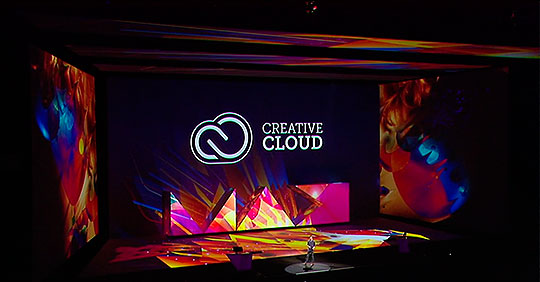News
Adobe introduces what’s new in Creative Cloud
With NAB just around the corner, Adobe has announced updates to the software in its Creative Cloud collection. Highlights include Premiere Pro jumping on the VR (virtual reality) boat, a new video and audio playback engine for After Effects, and tighter integration of Media Encoder with the rest of the software.
Premiere Pro CC
New method of working with proxies
Starting with the next release, a new tab called “Ingest Settings” will allow users to specify whether the ingested material should be transcoded and whether a proxy should be generated. If so, Media Encoder would do the work during ingest and delivery.
These generated proxy files can be saved within Creative Cloud, so that they are accessible through other devices.
This new workflow does not prevent editors from starting work from the beginning, even if the material is being imported. In addition, it is possible to switch from the proxy to the native file when working with synchronized projects on different devices.
Expanded functions in the Lumetri color panel
Adobe has continued to expand Lumetri’s color capabilities, this time to add higher resolution scopes, as well as the ability to use HSL secondaries to adjust specific colors. It is now possible to automatically create a selection of a color from seven different presets, modifying its hue and saturation.
Virtual reality tools
Of course, VR tools were a must this year, including editing 360-degree video in a rectangular frame and using the new Preview VR feature to simulate viewing with the glasses. Stereo clips can be previewed in up/down or side-by-side mode (an anaglyph mode is also available). There are controls for rotating and tilting the field of view. For delivery, there is a “Video is VR” checkbox for exporting videos to Facebook or Youtube, and very soon there will be one for Twitter as well.
After Effects CC
The new version of After Effects comes with improved performance and stability. The new playback engine takes advantage of OpenGL acceleration to increase the speed of importing image sequences, especially when it comes to shared storage.
GPU acceleration will make Lumetri color effects and gaussian blur render faster, even reaching real time for some of them.
There is also a new feature that allows you to export 3D text and shape layers in C4D(Cinema 4D) format, which combined with the Cineware import generates a complete roundtrip between AE and C4D.



